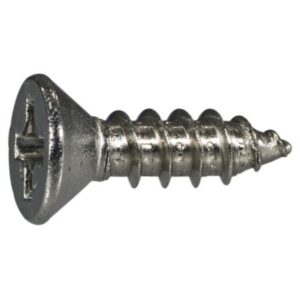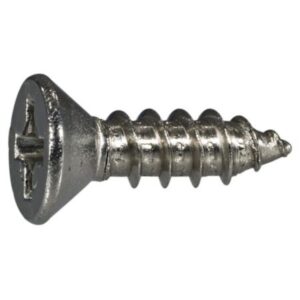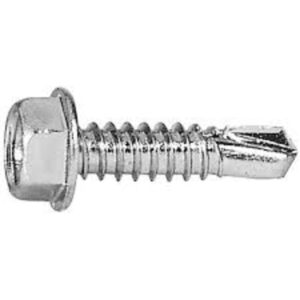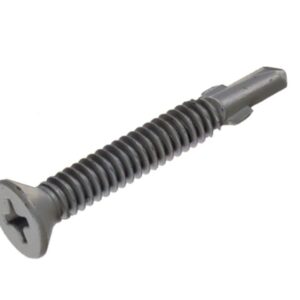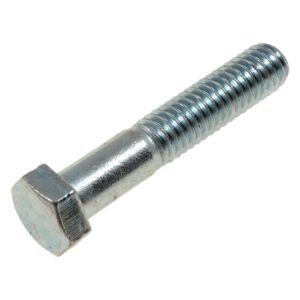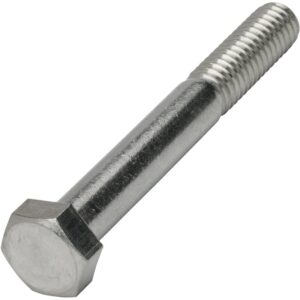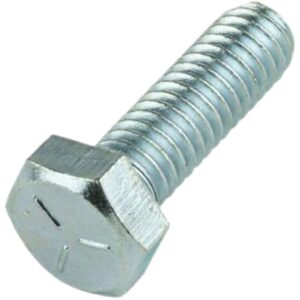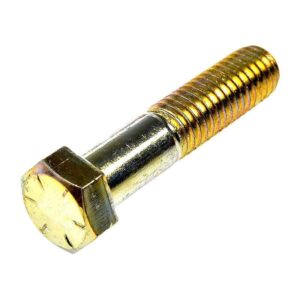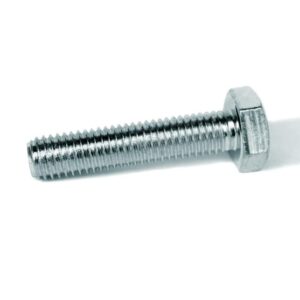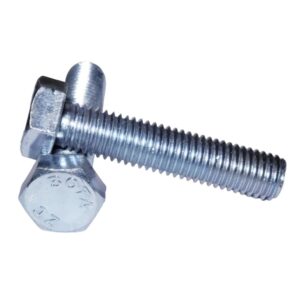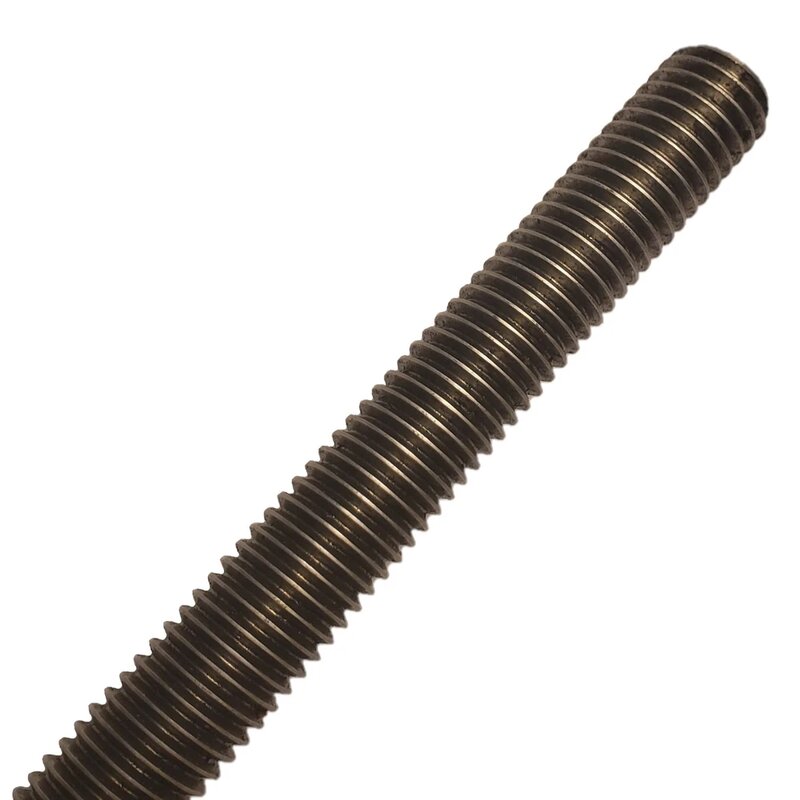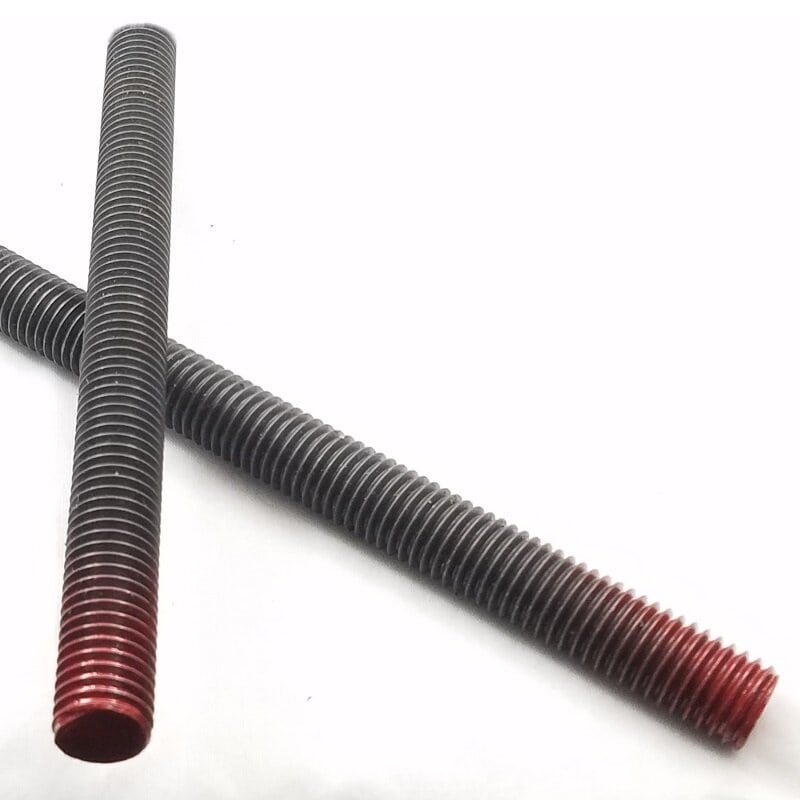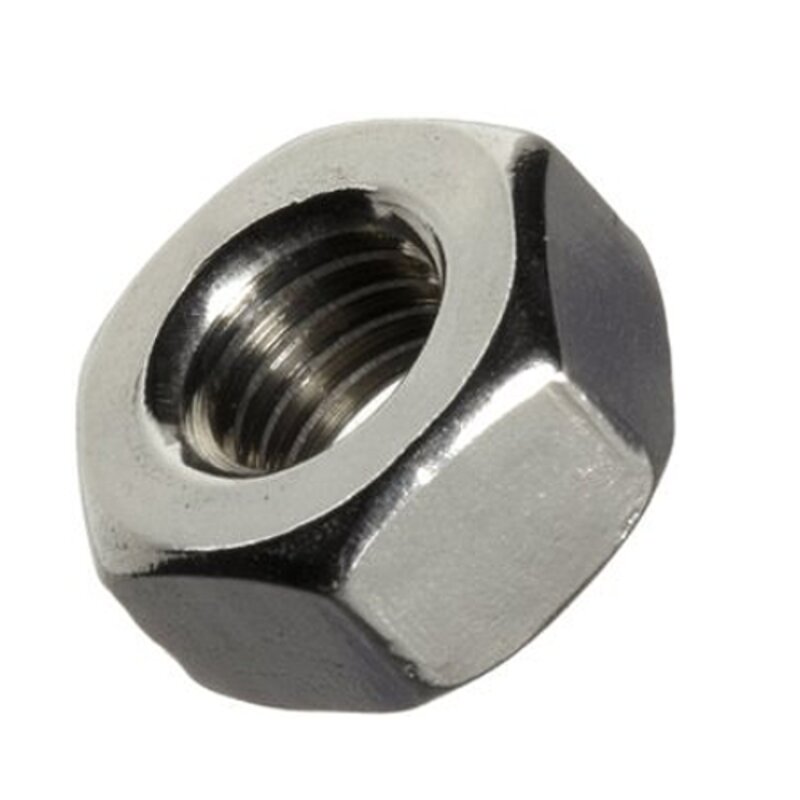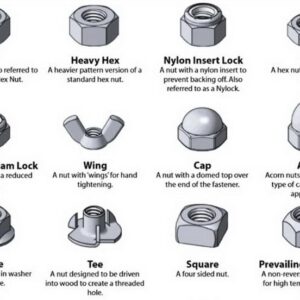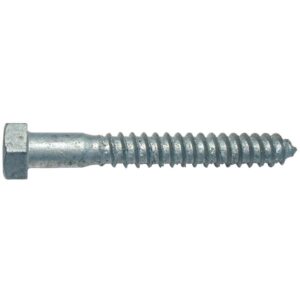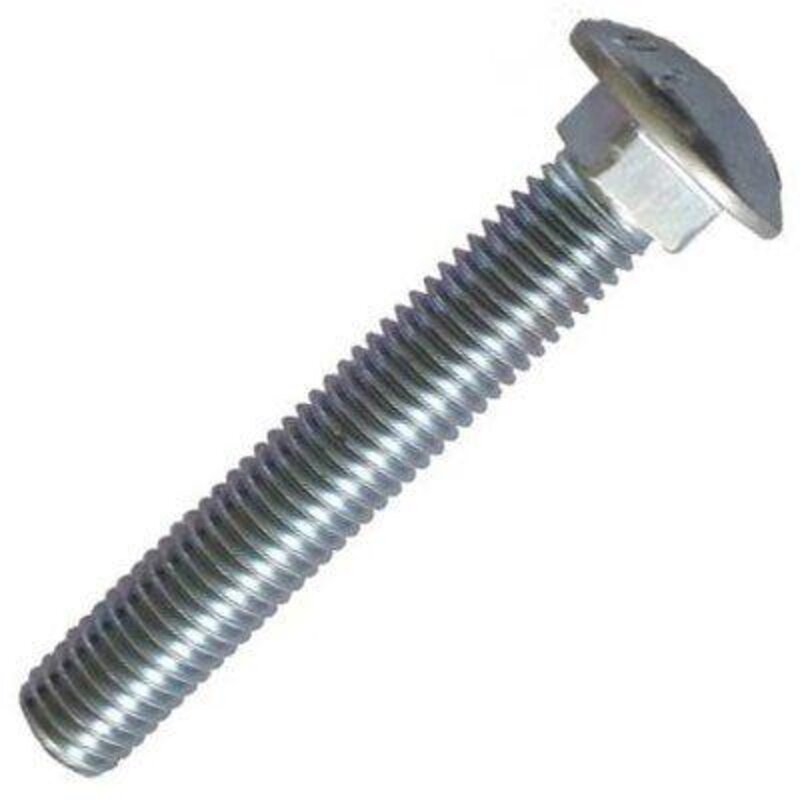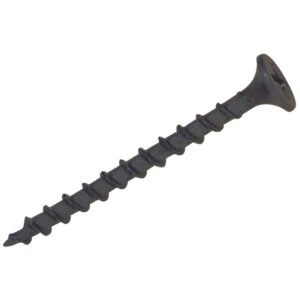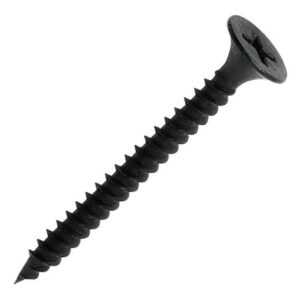-

 Read MoreQuick View
Read MoreQuick ViewHex Cap Screws, Grades 2
A hex cap screw is a six-sided bolt with a trimmed hex head and a washer face on the bearing surface. Informally, it is also called a Finished Hex Bolt. Hex cap screws have tighter tolerances than standard bolts of the same size, and so are often used where precise tolerances are needed. The standard hex screw specifications include ASTM A449 and SAE J429 Grade-2.
-
 Read MoreQuick View
Read MoreQuick ViewHex Cap Screws, Grades 5
A hex cap screw is a six-sided bolt with a trimmed hex head and a washer face on the bearing surface. Informally, it is also called a Finished Hex Bolt. Hex cap screws have tighter tolerances than standard bolts of the same size, and so are often used where precise tolerances are needed. The standard hex screw specifications include ASTM A449 and SAE J429 Grade-5.
-
 Read MoreQuick View
Read MoreQuick ViewHex Cap Screws, Grades 8
A hex cap screw is a six-sided bolt with a trimmed hex head and a washer face on the bearing surface. Informally, it is also called a Finished Hex Bolt. Hex cap screws have tighter tolerances than standard bolts of the same size, and so are often used where precise tolerances are needed. The standard hex screw specifications include ASTM A449 and SAE J429 Grade-8.
-

 Read MoreQuick View
Read MoreQuick ViewHex Tap Bolts
The major distinguishing feature of hex tap bolts is that they are always fully threaded from under the head to the tip, no matter the size. Other features, such as chamfered point or washer bearing surface under the head, may be present, or may not. Tap bolts are meant to be used nuts to secure two objects together, but they also will fully seat into a tapped hole to secure one material to a base material.
They are available in Grade 2, Grade 5, and in Stainless Steel. -

 Read MoreQuick View
Read MoreQuick ViewAll Thread, Threaded Rod
Threaded rod has continuous threading, either on both ends or it may extend along the complete length of the rod. It has no head or fashioned tip. Threaded rod can be used as an anchor bolt, clamp, hanger or U-bolt.
Threaded rod is available in carbon steel, as Plain, Zinc Plated and HDG, as well as Stainless Steel and the B7/A193 alloy. -

 Read MoreQuick View
Read MoreQuick ViewHex Nuts
Hex nuts in all their forms are widely used in construction and manufacturing. There are many different styles of hex nuts, including finished hex nuts, acorn nuts, lock nuts, and heavy hex nuts. They are available in many different grades of metal, with different finishes, and with coarse or fine threads. Choose from the options below to find the right hex nut for your project.
Note: The Coupling Nut – Reducing items use the Inch – Special option because they have two sizes of threads.
-
 Read MoreQuick View
Read MoreQuick ViewLag Screw, Hex Head
Manufactured to be extremely sturdy, lag screws are some of the toughest fasteners. They are used to attach objects to wood and anchor masonry. Common applications include retaining walls, deck frames, and wooden beam outdoor play equipment. For masonry application, use the screw in conjunction with a lag shield. Lag screws have coarse threads designed for pre-drilled holes to prevent splitting or snapping, and require minimal clearance above the fastener. The hexagonal drive allows for simple installation and controlled traction with a socket or wrench.
For corrosion resistance, lag screws are available as Zinc plated, Hot Dipped Galvanized (HDG), and Stainless Steel.
-
 Read MoreQuick View
Read MoreQuick ViewCarriage Bolts
Carriage bolts have a smooth rounded head with a square neck underneath that locks into wood to prevent spinning when tightened. Use with a pre-drilled hole and secure with a hex nut and washer. They are great fasteners for decks, play equipment, docks, fencing, and furniture.
The unique design is great for connections where the head is not accessible for tightening. The self-locking square neck and coarse threads fasten very securely.
All carriage bolts we stock have coarse threading as a standard. -

 Read MoreQuick View
Read MoreQuick ViewDRYWALL SCREWS
Drywall screws fasten sheets of drywall (also called sheetrock or plasterboard) to the wall or ceiling support studs. Drywall screws with coarse threads are used to to attach to wood framing. Screws with fine threading are used for metal studs. Also, self-drilling versions are available for attaching to thicker metal support.
Most drywall screws have a tapered bugle head to penetrate the drywall without damaging the outer layer of paper. Trim head screws are used to attach trim pieces over the drywall, and have a very small head that disappears into the surface for easy finishing. K-lath screws have a large wafer head to easily attach wire mesh, or lath, to the frame studs to support plaster. Their low profile heads are easily covered over by the finished surface of tile, stone, brick, stucco, etc.
- Home
- Services
- Catalog
- All Products
- Fasteners, Hardware
- Anchors
- DeWalt Power Tools
- Threadlock
- Fire Protection
- Fall Protection
- Hand Tools (NS)
- Caulk Guns & Caulk
- Clamps & Vises
- Cutters & Knives
- Gloves & PPE
- Hammers
- Ladders
- Levels
- Lights
- Marking Supplies
- Measuring
- Parts & Repair Kits
- Pipe and Conduit Tools
- Pliers
- Pry Bars & Crowbars
- Saws & Sawblades
- Screwdrivers, All Drivers
- Shovels
- Snips & Shears
- Staple Gun & Staples
- Supplies
- Tool Boxes & Organizing
- Tool Sets
- Wrenches & Sockets
- Makita Corded, Gas, & Air Tools
- Makita LXT 18V / 36V Tools
- Makita XGT 40V / 80V MAX Tools
- Specialty Power Tools
- Books and Resources
- Information
- Resources
- Blog
- Contact Us

